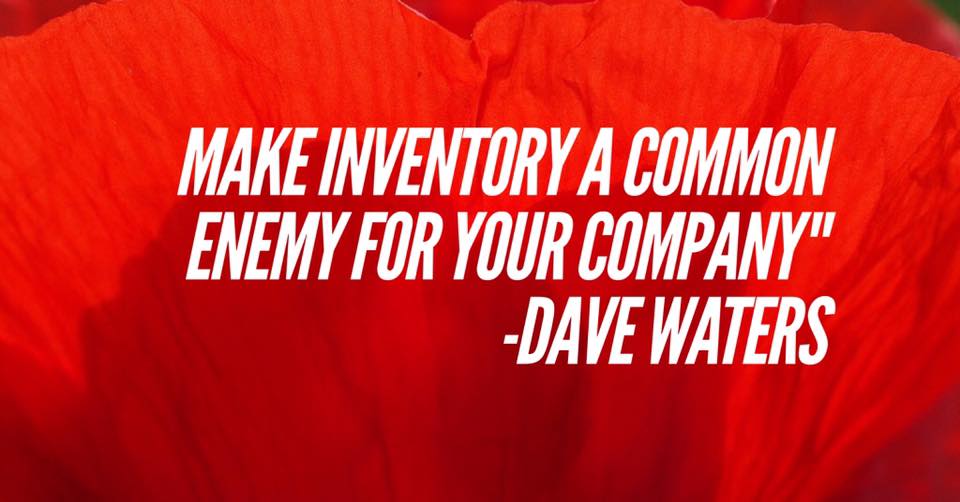Calculating EOQ – Economic Order Quantity.
There are several methods for calculating Economic Order Quantity (EOQ), including the basic EOQ formula, the EOQ with backordering, and the EOQ with quantity discounts.
- Basic EOQ Formula: The basic EOQ formula is the most widely used method for calculating EOQ. It is based on the following assumptions: constant demand, constant lead time, and no holding costs or ordering costs. The basic EOQ formula is: EOQ = √(2DS/H)
- EOQ with Backordering: This method takes into account the cost of backordering, which is the cost of not having enough inventory on hand to meet demand. The EOQ with backordering formula is: EOQ = √((2DS)/(H+bC))
- EOQ with Quantity Discounts: This method takes into account quantity discounts, which are reductions in the unit cost of an item for purchasing larger quantities. The EOQ with quantity discounts formula is: EOQ = √((2DS)/(H(1-d)))
Note that the above formulas are only the basic way of calculating EOQ and the actual calculation may be much more complex taking in other factors like variable costs, variable lead times, variable demand etc.
Calculating EOQ – Economic Order Quantity (Inventory Costs & Purchasing Costs).
The economic order quantity (EOQ) is a formula used to determine the optimal order quantity for a company’s inventory, in order to minimize the total cost of ordering and holding inventory. The EOQ formula takes into account the cost of placing an order, the cost of holding inventory, and the demand for the product.
The EOQ formula is:
EOQ = √(2DS/H)
Where:
EOQ = Economic order quantity
D = Annual demand for the product (in units)
S = Cost to place an order (in dollars)
H = Holding cost per unit per year (in dollars)
To calculate the EOQ, you will need to know the annual demand for the product, the cost to place an order, and the holding cost per unit per year. Once you have this information, you can plug it into the formula and solve for the EOQ.
For example, let’s say that a company has an annual demand for a product of 20,000 units, the cost to place an order is $100, and the holding cost per unit per year is $0.50. The EOQ for this company would be:
EOQ = √(2(20,000)(100)/(0.50))
EOQ = √(4,000,000/0.50)
EOQ = √(8,000,000)
EOQ = 2,8
Supply Chain and Leadership Information.
- Agile Project Management with Kanban.
- Book Reviews: “Made in America” by Sam Walton, founder of Walmart.
- Free Supply Chain Education
- Get a Job in SCM
- Lean, Kaizen, and Continuous Improvement.
- Lean Manufacturing – Lean Factory Tour.
- Negotiation – from Stanford Graduate School of Business.
- SCM Collaboration on Social Media
- SCM Resources by Topic and Supplier
- Smarter Supply Chains: Leveraging IoT and Big Data..
- Supply Chain Key Concepts
- Toyota Production System (TPS).
- Toyota Supply Chain Management.
- What is Supplier Management.
- What is Supply Chain Management, and should you major in it?
Lean Quotes
- “I’m proud to be Japanese and I wanted my country to succeed. I believed my system was a way that could help us become a modern industrial nation. That is why I had no problem with sharing it with other Japanese companies, even my biggest competitors.” ~Taiichi Ohno.
- “It takes great effort to follow the rules of a pull system … thus a half-hearted introduction of a pull system brings a hundred harms and not a single gain.” ~Taiichi Ohno.
- “Make your workplace into showcase that can be understood by everyone at a glance. In terms of quality, it means to make the defects immediately apparent. In terms of quantity, it means that progress or delay, measured against the plan, and is made immediately apparent. When this is done, problems can be discovered immediately, and everyone can initiate improvement plans.” ~Taiichi Ohno.
- “If you are going to do TPS you must do it all the way. You also need to change the way you think. You need to change how you look at things.” ~Taiichi Ohno.
- “The key to the Toyota Way and what makes Toyota stand out is not any of the individual elements…But what is important is having all the elements together as a system. It must be practiced every day in a very consistent manner, not in spurts.” ~Taiichi Ohno.
